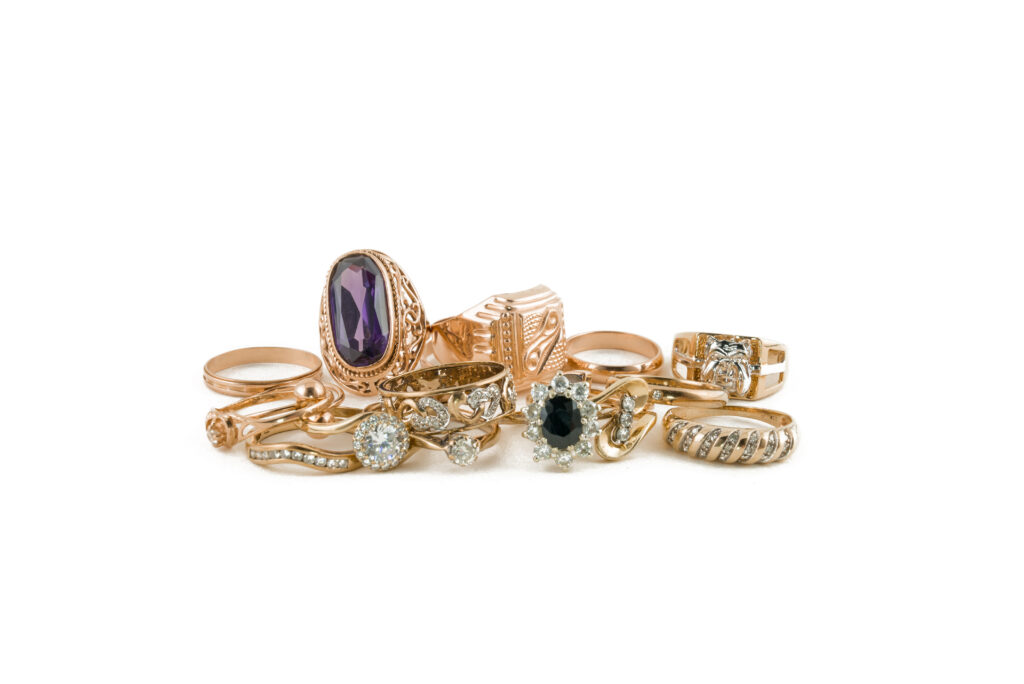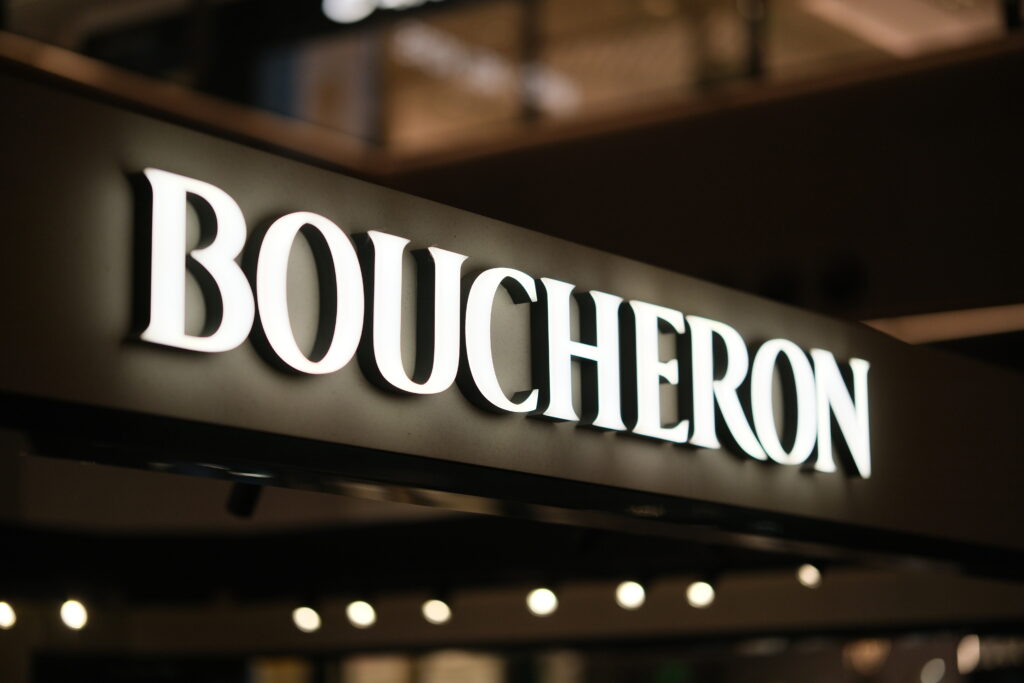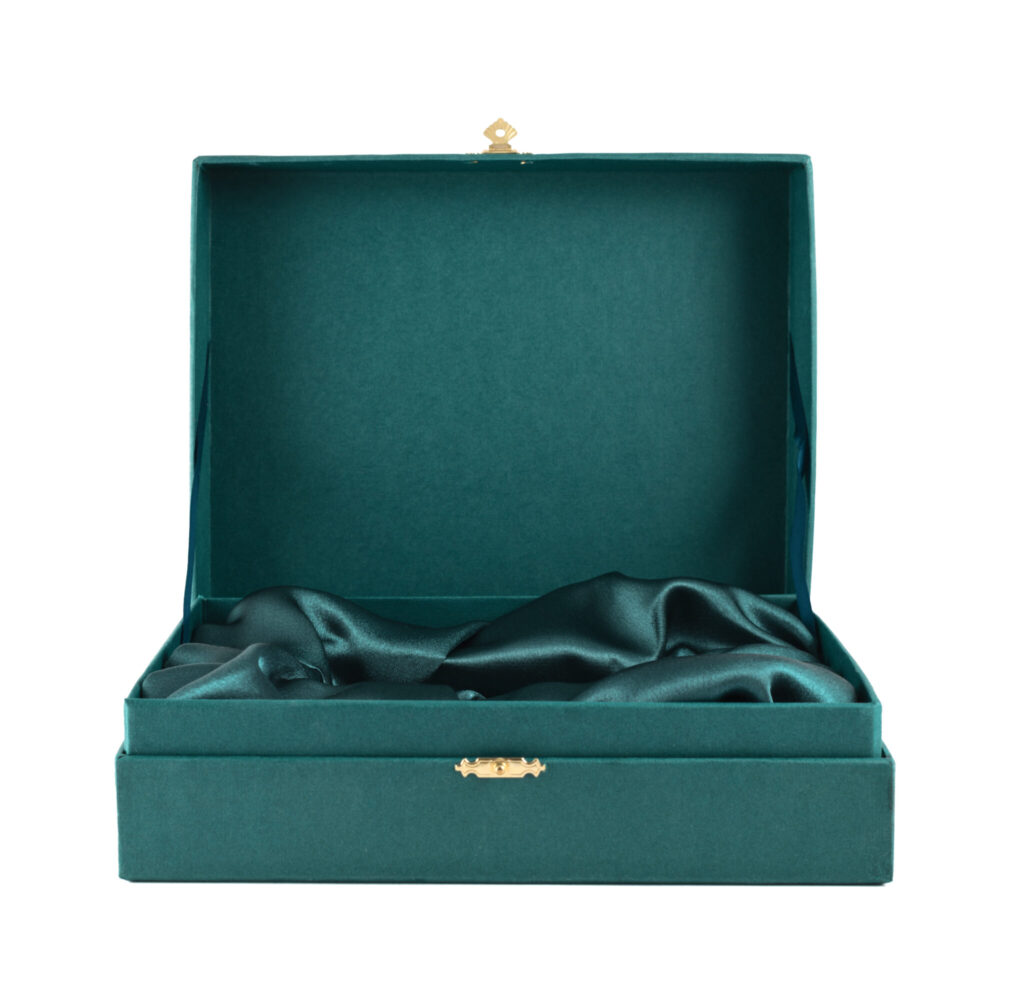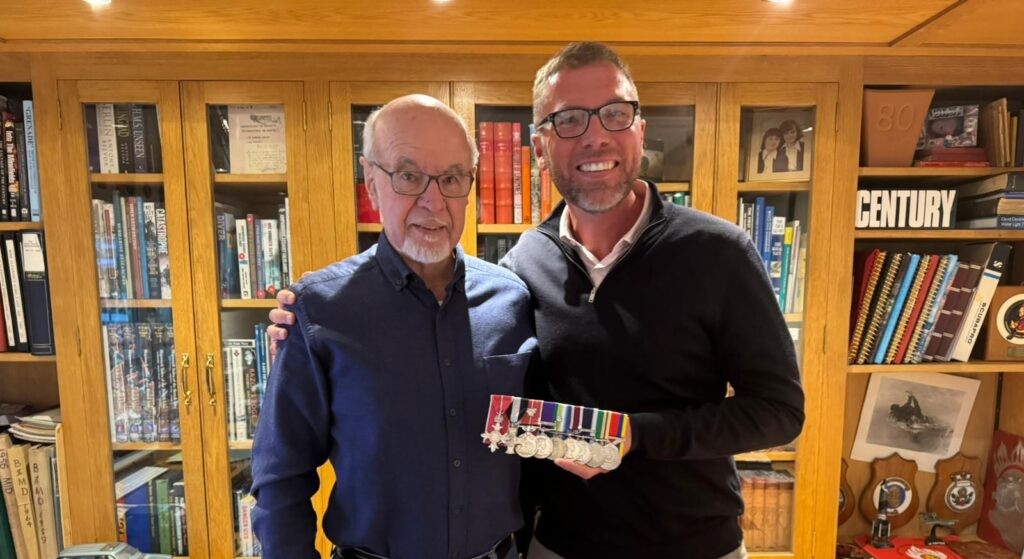The terms ‘antique’, ‘vintage’, and ‘estate’ are often used interchangeably in jewellery. However, they each have specific meanings that affect historical significance, desirability, and market value. Whether you’re looking to sell a cherished heirloom, purchase a timeless piece, or simply understand the value of what you own, recognising the distinction is essential.
Before you book with us and sell your jewellery, we will be glad to help you uncover the differences between estate, antique, and vintage pieces. Read on and find out more about this, and how we handle each type with our professional services.
What is Estate Jewellery?
Estate jewellery is often misunderstood, but its definition is simple: any pre-owned jewellery, regardless of its age. Unlike antique or vintage jewellery, which are defined by specific time periods, estate jewellery is simply a term for second-hand pieces. An estate ring could be a Victorian diamond brooch, a mid-century Cartier bracelet, or even a modern designer necklace purchased just a few years ago.
The key to estate jewellery is that it has had time to age in some capacity. The longer this is, the better, as it is more likely to have appreciated over time. Alongside this, provenance is an important factor when valuing estate jewellery. This means the history of ownership. A piece that was once owned by a notable figure or has original documentation and receipts can command a significantly higher price.
Equally, well-maintained jewellery with minimal wear or featuring original gemstones and settings tends to retain greater value.
Handling Heirlooms and Inherited Pieces
For many sellers, estate jewellery isn’t just valuable, it’s also deeply sentimental. Inherited heirlooms often carry personal memories, making the decision to sell an emotional one. We recognise this and approach every valuation with care, discretion, and respect. Our private home valuation service allows clients to explore their options in a comfortable and pressure-free setting, ensuring they receive an expert, fair, and transparent assessment.
What is Antique Jewellery?
To be classified as antique, a piece must be at least 100 years old, meaning that jewellery from the 1920s or earlier now falls into this category. Unlike modern mass-produced designs, antique jewellery showcases exceptional craftsmanship, intricate detailing, and materials that are often impossible to replicate today.
Each era brought its own distinctive style:
- Georgian (1714–1837): These pieces are handmade and rare, featuring intricate metalwork, closed-back settings, and natural motifs such as flowers and birds.
- Victorian (1837–1901): The pieces of this era tend to be romantic and ornate, often featuring sentimental motifs like hearts, flowers, and lockets.
- Edwardian (1901–1915): Antiques from this era are often delicate and elegant, with fine filigree work and the use of platinum and diamonds.
- Art Nouveau (1890–1910): These pieces are famously inspired by nature, with flowing lines, enamel work, and whimsical designs.
- Art Deco (1920s): The pieces of this movement feature bold, geometric, and symmetrical, with strong influences from the Machine Age.
The rarity, history, and unmatched quality of antique jewellery make it highly desirable among collectors and investors. However, determining an antique piece’s true value requires expert knowledge.
What is Vintage Jewellery?
Vintage jewellery bridges the gap between old-world charm and modern wearability. Unlike antique pieces, which must be at least 100 years old, vintage jewellery typically falls within the 50–99-year range. This means that jewellery from the late 1920s to the 1980s is now considered vintage, making it a highly desirable category for collectors and buyers alike.
Each vintage era brought distinct styles that continue to influence jewellery design today:
- Retro (1930s–1940s): Bold and glamorous, these pieces often feature large cocktail rings, yellow and rose gold, and stylised floral motifs.
- Mid-Century (1950s–1960s): Elegant and refined, many pieces here come with diamond-heavy designs, classic pearls, and intricate gold work.
- 1970s: Jewellery from this decade is often free-spirited and statement-driven, with chunky gold chains, bohemian influences, and colourful gemstones.
- 1980s: Much of the jewellery from this decade is big, bold, and extravagant, such as oversized earrings, and feature geometric shapes, with a strong emphasis on designer branding.
The appeal of vintage jewellery lies in its classic designs, high-quality craftsmanship, and affordability compared to antique pieces. Many vintage styles are still fashionable today, offering a unique way to wear history while making a bold statement.

Why Knowing the Difference Matters
Understanding the difference between antique, vintage, and estate jewellery is essential for both buyers and sellers. Each category has its own historical significance, market demand, and valuation criteria, meaning that correct classification can significantly impact an item’s worth.
Misidentifying jewellery can lead to undervaluation or missed opportunities. For example, a true Art Deco antique could be mistaken for a later vintage reproduction, affecting its desirability and price. Likewise, an estate piece with a famous provenance may hold more value than its material components alone suggest.
At Burlingtons Ltd., we take the guesswork out of jewellery valuation. With decades of expertise, we provide accurate, market-driven assessments delivered by trusted specialists. This discreet, professional approach ensures that clients receive fair, competitive offers with no obligation, allowing them to sell with complete confidence.
Have Your Jewellery Professionally Valued
Whether you own antique, vintage, or estate jewellery, understanding its true value is essential. A precise valuation ensures that you don’t undervalue a rare piece or miss out on the best possible offer.
We specialise in high-value jewellery, offering expert home valuations and instant payments for those looking to sell. With years of experience in antique, vintage, and estate pieces, we help clients navigate these categories with confidence, ensuring fair and accurate valuations based on real market demand.
Contact us today for a professional, discreet valuation. If you choose to sell, we’ll provide instant payment, with no waiting and no hidden fees.




